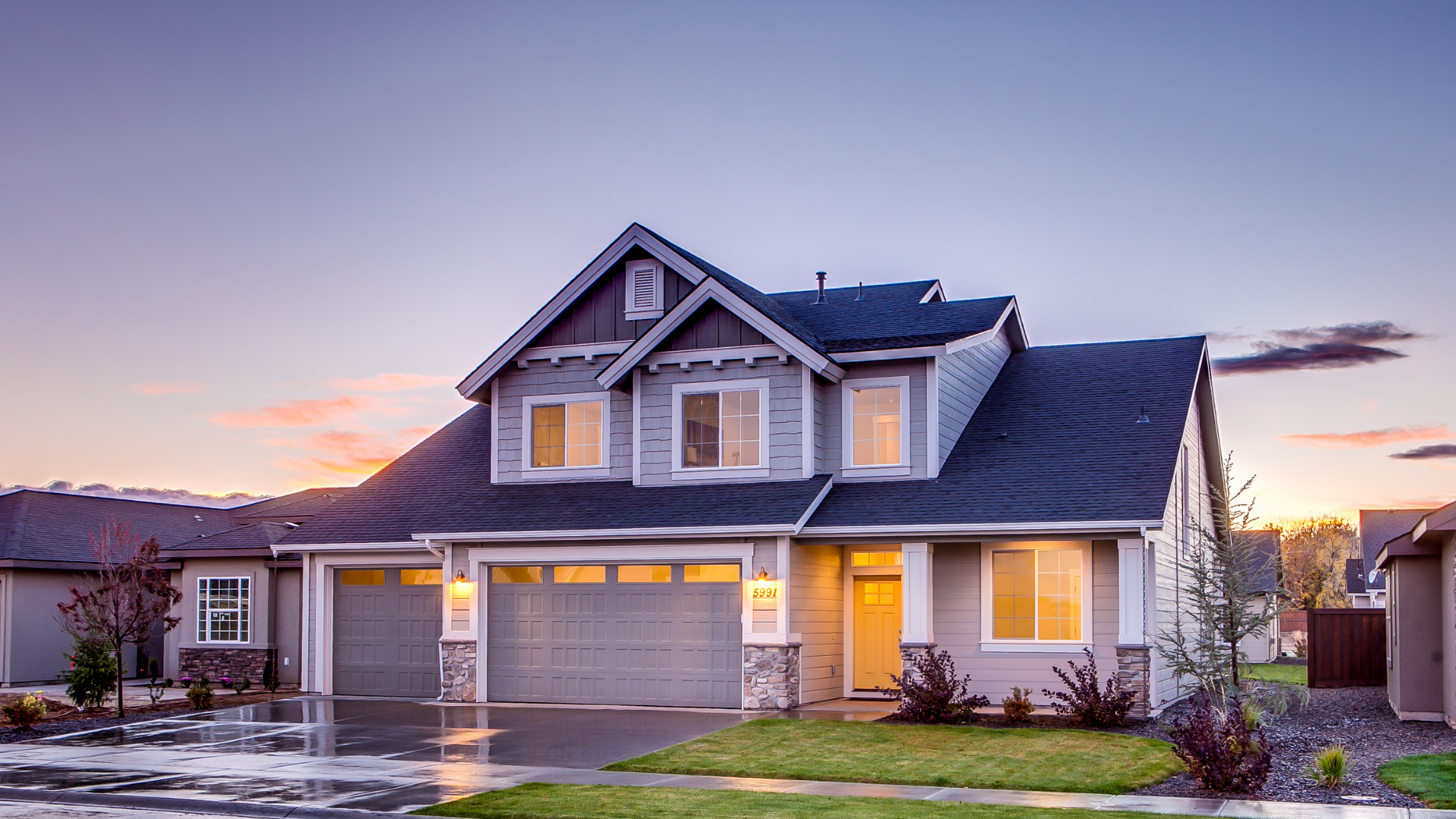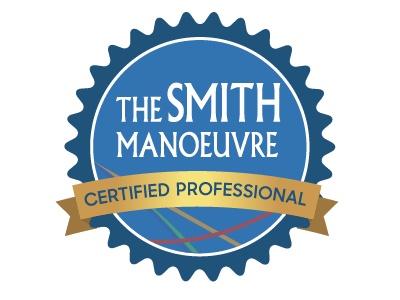Understanding Mortgage Insurance: Your Options Explained
As your trusted Mortgage Professional, I'm here to ensure you're fully informed about protecting your mortgage and your family's financial future. You can’t buy Life Insurance when you need it! You need to plan and invest in your family's security now. Don’t buy Life Insurance from your Bank. It can’t move with your mortgage and will cost you much more.
Let's dive into the world of mortgage insurance and explore your options.
Manulife Mortgage Protection Plan (MPP)
MPP is designed to safeguard mortgage holders and their families in the event of an accident or health issue. While it's not mandatory, as your mortgage broker, I'm obligated to offer this product to ensure your peace of mind.
Here's what you need to know:
- Underwritten at application: Expect a call from an MPP representative within 10 days of completing the application.
- Two crucial questions: Consider whether you have adequate life insurance coverage and whether your disability plan is sufficient to cover mortgage payments and living expenses in case of illness or injury.
- Key features: Enjoy a 60-day refund option, portability between lenders and properties, and the flexibility to adjust premiums based on mortgage changes.
Better Mortgage Insurance:
While banks offer mortgage insurance, there are alternative options worth exploring. Better Mortgage Insurance offers smart, flexible solutions tailored to your needs:
- Coverage flexibility: Choose from coverage terms ranging from 15 to 35 years with life insurance coverage up to $4,000,000.
- Additional protection: Options include disability insurance coverage up to $3,500 a month and critical illness coverage up to $25,000.
- Premium guarantees: Rest assured knowing that premiums will never increase, and coverage stays with you regardless of where you bank.
Why Choose Mortgage Insurance?
Your home is your biggest investment, representing your retirement fund and estate. By securing adequate mortgage insurance, you protect it from unforeseen circumstances, ensuring financial stability for you and your loved ones.
Let's Connect
If you're considering mortgage insurance or want to explore comprehensive life insurance options, I'm here to help. Contact me today to discuss your unique needs and find the right protection for your mortgage and your future.
Dean Garrett
Mortgageminder - Your Mortgage Professional






